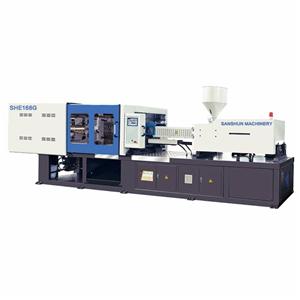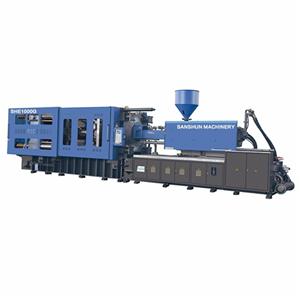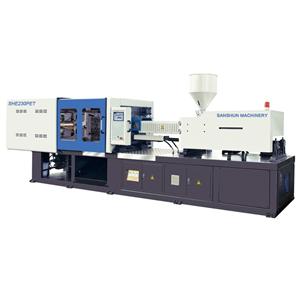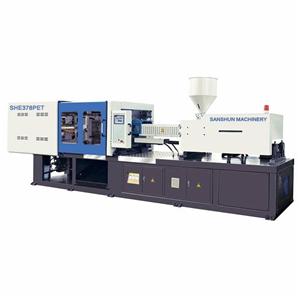- Home
- >
- News & Resources
- >
- Our Blog
- >
- What are the causes of oil pressure pump damage to the injection molding machine?
The pump is the "heart" of all oil pressure systems. So anytime there's a problem with the oil pressure system, it's often blamed on the pump.
In fact, as far as the cause of pump damage is concerned, the phenomenon caused by the absence of the pump itself is rare. More precisely, as the pump's performance deteriorates, it shows a symptom of other problems already lurking in the oil pressure system.
Ninety to ninety-five percent of the pump damage can be roughly summarized as follows:
Aeration
Air mixing refers to a phenomenon in which air bubbles are dispersed in the hydraulic oil of the system. This bursting effect occurs when compressed air bubbles in the oil circuit system face the pump outlet pressure. This cracking effect will cause the metal surface near the cracking point such as the pressure side plate and wear-resistant side plate inside the pump to peel off, and cause extremely high temperatures there.
The phenomenon of air mixing, the pump will produce a huge noise. The tone of this noise will increase with pressure, and excessive air mixing will cause the emulsification of hydraulic oil (because the air contains a lot of water vapor). Moreover, due to the phenomenon of air compression in the hydraulic oil, problems such as the unsmooth movement of the hydraulic elements of each part are caused. A
The possible ways to cause air to mix into the pump are:
1. Poor shaft seal;
2. The joint between the fuel tank and the pump inlet is leaking;
3. The oil level is too low or the oil return pipe returning to the oil tank is installed on the oil surface, causing the hydraulic oil in the oil tank to generate bubbles, and the pump is sucked in again before the bubbles are eliminated.
Cavitation
Cavitation refers to a partial gasification phenomenon that occurs in the fluid of hydraulic oil when the pressure decreases below the saturated vapor pressure. To put it more simply, when the hydraulic oil does not completely fill the space that should be occupied, it means that there is a vacuum in the oil circuit, which will cause this cavitation erosion.
The noise caused by cavitation is similar to the noise caused by air mixing. The factors that cause cavitation are:
1. The matching problem between the pump and the electric motor causes the pump series to be too high;
2. Excessively long pump suction catheter, or reset the suction port.
3. The viscosity of hydraulic oil is too high;
4. Whether the exhaust port on the fuel tank is blocked;
5 Check the filter at the suction port of the pump.
Contamination
Any foreign objects present in the circuit of the hydraulic system will have an adverse effect on the efficiency of the hydraulic components and their circuits. The contaminated foreign matter may be solid, liquid or gas.
Most of the foreign body pollution will cause frictional movement between the workpiece and the tight clearance of the workpiece, which will lead to accelerated wear and tear of the workpiece. A
The pollution sources in the oil road can be roughly divided into:
1. Casting oil cylinder, oil circuit block, oil tank interior, pipeline joint, etc.
2. Oil seal or O-ring brittle fracture;
3. The hydraulic oil deteriorates at high temperature for a long time, producing oil stains;
4. The pump is stripped of material on the metal surface due to air mixing or cavitation.
Excessive heat
Overheating is a thermal phenomenon that changes the viscosity of fluid because it exceeds the specified upper limit temperature. Overheating will cause the hydraulic oil to accelerate oxidation and deteriorate the viscosity of the hydraulic oil, and cause a chain reaction. Therefore, the real root cause of overheating must be eliminated to effectively correct this problem.
The causes of overheating are:
1. Overload operation and overpressure use;
2. Air mixing and cavitation erosion;
3. Caused by oil pollution. A
Over-pressurization
Overpressure means that the operating pressure is greater than the pressure designed by the pump. Overpressure will subject the pump's internal workpiece to extreme force and cause early damage to the internal workpiece. A
All of the reasons stated will leave them with unique signs of damage. It is important to recognize and understand the information that these signs bring. According to this method, the cause of the damage to the pump can be corrected before the other pump has been damaged.







